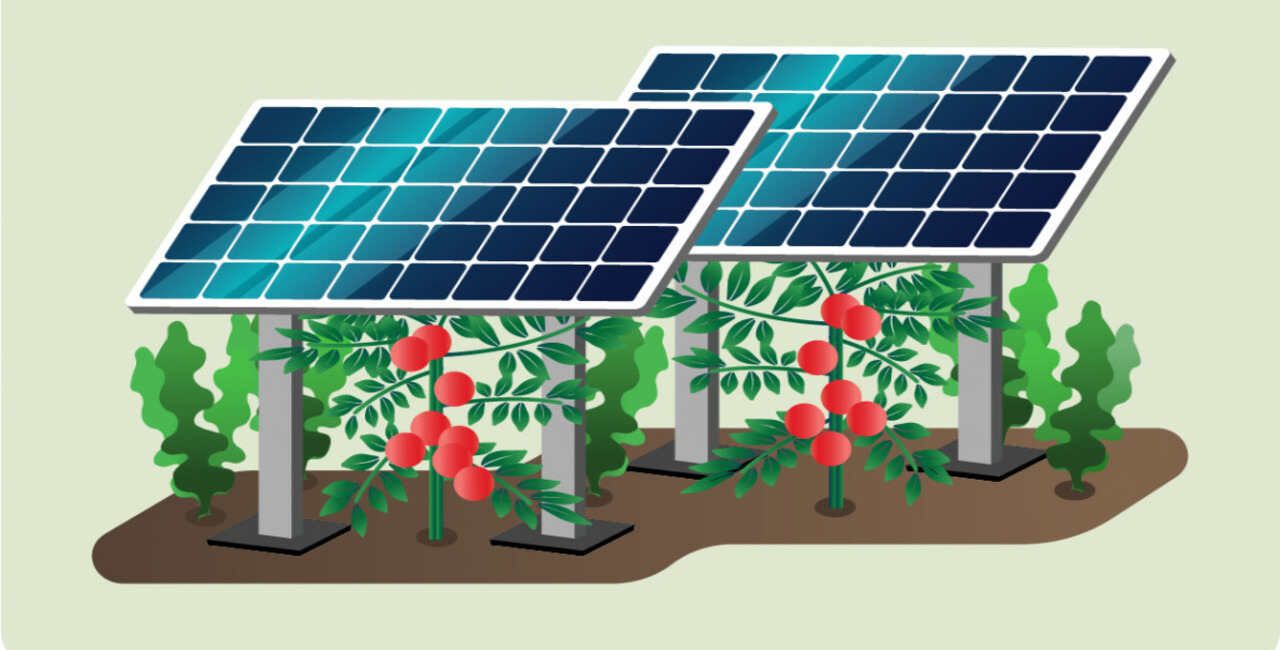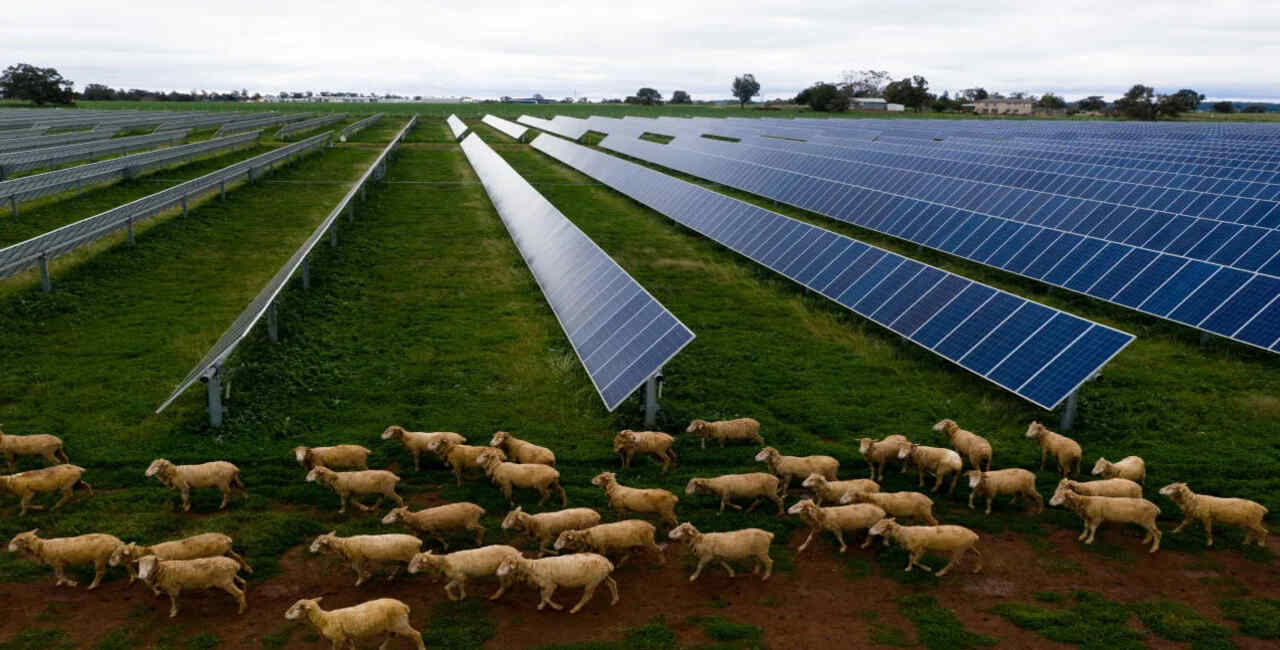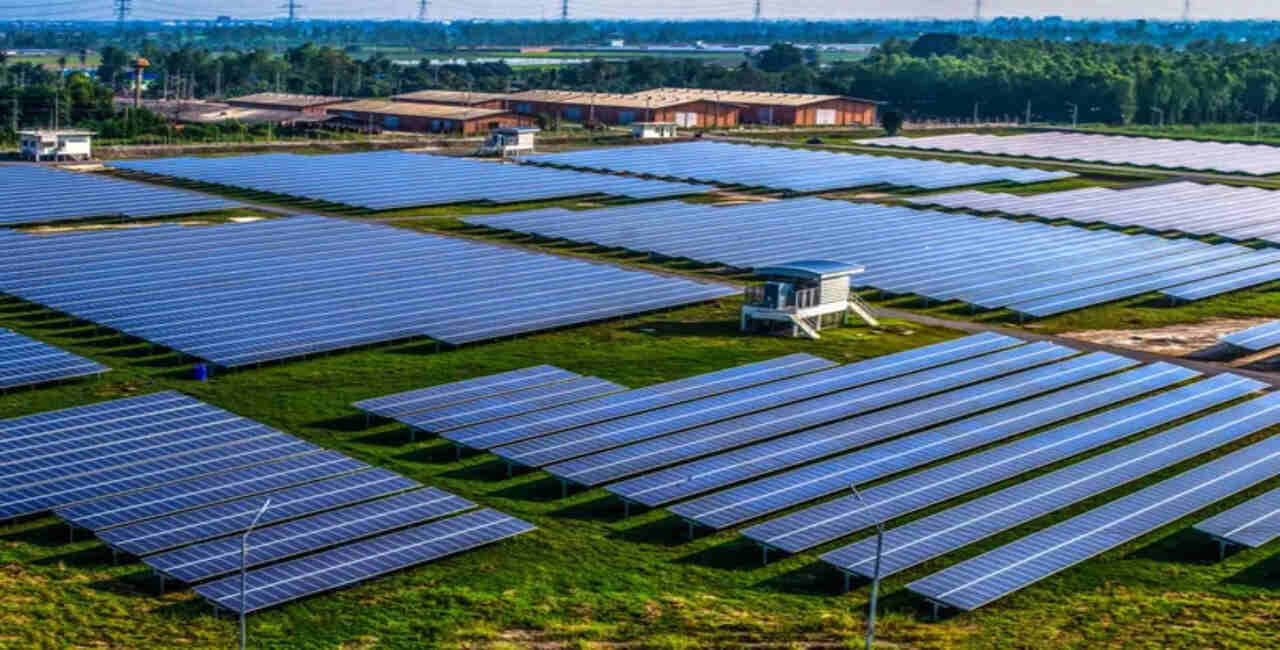How Profitable Is Solar Farming?

The global energy landscape has witnessed a transformative shift towards sustainable and renewable sources in recent years. Among these, solar energy has emerged as a frontrunner, playing a pivotal role in reshaping how we generate power. One innovative facet of solar energy production is the concept of solar farming, a practice that involves harnessing the sun's abundant energy on a large scale.
Solar farming, often called solar agriculture or solar power plants, entails the deployment of photovoltaic panels on vast expanses of land to capture sunlight and convert it into electricity. This eco-friendly approach not only utilizes otherwise unused or underutilized spaces but also contributes significantly to reducing reliance on traditional fossil fuels. As technology continues to advance, solar farming is becoming increasingly efficient and cost-effective, making it an attractive option for meeting the growing global demand for clean energy.
While the environmental benefits of solar farming are widely recognized, it is equally essential to explore and understand the economic aspects of this burgeoning industry. The profitability of solar farming holds the key to its widespread adoption and long-term sustainability. As governments, businesses, and investors seek viable solutions to address both energy needs and economic concerns, the exploration of profitability in solar farming becomes paramount.
This introduction sets the stage for a comprehensive exploration of solar farming, delving into its technological advancements, environmental impact, and economic viability. By unraveling the layers of this renewable energy frontier, we aim to illuminate the potential of solar farming in shaping a cleaner, more sustainable future while addressing the critical aspect of financial feasibility.
Costs Associated with Solar Farming
Solar farming represents a promising avenue for sustainable energy production, yet its implementation is not without associated costs. Understanding the financial considerations is crucial for stakeholders, investors, and policymakers alike. The costs associated with solar farming can be broadly categorized into initial setup costs and ongoing maintenance and operational expenses.
Initial Setup Costs:
- Photovoltaic Panel Installation: The cornerstone of any solar farm is the installation of photovoltaic panels. These panels, designed to capture and convert sunlight into electricity, constitute a substantial portion of the initial investment. The quality, efficiency, and quantity of panels installed directly influence the overall setup cost.
- Inverter Systems: Inverters play a critical role in converting the direct current (DC) generated by the solar panels into alternating current (AC), suitable for use in the electrical grid. The acquisition and installation of reliable inverters contribute significantly to the upfront expenditure.
- Land Acquisition and Preparation: Identifying and securing suitable land for solar farming is another significant cost factor. The terrain must be assessed and prepared to accommodate the solar infrastructure, involving land clearing, leveling, and sometimes additional groundwork.
- Grid Connection and Infrastructure: Establishing a connection to the electrical grid is essential for distributing the generated solar energy. This requires investment in infrastructure to connect the solar farm to the existing power grid, including transformers, transmission lines, and related components.
- Permitting and Regulatory Compliance: Compliance with local regulations and obtaining necessary permits can incur additional costs. These expenses cover environmental impact assessments, zoning approvals, and other legal requirements imposed by regulatory bodies.
Overall Initial Setup Costs: The combined expenses for photovoltaic panel installation, inverter systems, land acquisition and preparation, grid connection and infrastructure, as well as permitting and regulatory compliance, typically range between $1.2 million and $2.5 million per megawatt (MW) of installed capacity, depending on location and project specifics.
Maintenance and Operational Expenses:
- Routine Inspections and Cleaning: Regular inspections and cleaning of solar panels are vital to maintaining optimal efficiency. Dust, debris, and environmental factors can accumulate over time, reducing the panels' effectiveness. Employing personnel or automated systems for these routine tasks is an ongoing operational expense.
- Equipment Maintenance: Ensuring the proper functioning of inverters, trackers, and other ancillary equipment requires routine maintenance. This proactive approach helps identify and address potential issues before they escalate, minimizing downtime and maximizing energy production.
- Monitoring Systems: Implementing sophisticated monitoring systems is essential for tracking the performance of the solar farm. Investing in technology that provides real-time data on energy production, system health, and potential faults enables timely interventions and enhances overall operational efficiency.
- Personnel and Training: Employing skilled personnel for day-to-day operations, troubleshooting, and emergency response is a recurring expense. Training programs to keep staff abreast of technological advancements and safety protocols are also integral to the ongoing success of solar farming ventures.
Overall Maintenance and Operational Expenses: The annual operational costs for solar farming typically range between $25,000 and $50,000 per MW of installed capacity, depending on factors such as system complexity and local labor costs.
Understanding and carefully managing both the initial setup costs and ongoing operational expenses are crucial for ensuring the long-term viability and profitability of solar farming initiatives. By addressing these financial considerations, stakeholders can navigate the challenges and capitalize on the immense potential of solar energy.
Revenue Streams

Solar farming not only presents an environmentally sustainable solution but also offers diverse revenue streams that contribute to its economic viability. Two primary sources of revenue for solar farming include selling electricity to the grid and leveraging government incentives and rebates.
Selling Electricity to the Grid
- Feed-in Tariffs (FiTs): Many regions implement feed-in tariffs, a mechanism through which solar farms are paid a fixed rate for every unit of electricity they generate. These rates are typically set by regulatory authorities and provide a steady and predictable income stream for solar farm operators. The stability offered by feed-in tariffs enhances the financial feasibility of solar projects and encourages long-term investments.
- Power Purchase Agreements (PPAs): Power purchase agreements involve contractual arrangements between solar farm operators and utility companies or large consumers. In a PPA, the solar farm agrees to sell a predetermined amount of electricity at a fixed price over an extended period. This provides a reliable revenue stream and allows for financial planning, making solar farming projects more attractive to investors.
- Net Metering: Net metering allows solar farm operators to offset their electricity consumption by feeding excess energy back into the grid. In regions with net metering policies, solar farms receive credits or compensation for the surplus electricity they contribute, further enhancing the economic returns on solar energy production.
Government Incentives and Rebates
- Investment Tax Credits (ITCs): Governments often encourage solar farming through investment tax credits, providing financial incentives to project developers. These credits typically allow for a percentage reduction in the overall tax liability associated with the initial setup costs of the solar farm. ITCs play a crucial role in attracting private investment and fostering the growth of the solar industry.
- Cash Grants and Subsidies: In addition to tax credits, governments may offer cash grants or subsidies to support solar farming initiatives. These direct financial incentives aim to reduce the upfront costs of installation and land acquisition, making solar projects more financially accessible and attractive to potential investors.
- Renewable Energy Certificates (RECs): Governments often establish renewable energy certificate programs, allowing solar farm operators to earn certificates for each unit of clean energy produced. These certificates can be sold to utilities or businesses seeking to meet renewable energy targets, creating an additional revenue stream for solar farms.
Factors Affecting Profitability
The profitability of solar farming is influenced by various factors, and while numerous elements contribute to financial success, here are the top 5 factors that significantly impact the economic viability of solar farming projects:
Top 5 Factors Affecting Profitability in Solar Farming
- Solar Resource Availability: The amount of sunlight a location receives directly influences the energy output of a solar farm. Regions with abundant and consistent sunlight generally yield higher energy production, positively impacting profitability. Evaluating solar resource availability through factors like latitude, climate, and local weather patterns is essential for accurate project planning.
- Location and Climate Conditions: The geographical placement of a solar farm and the prevailing climate conditions play a crucial role in determining its efficiency and overall performance. Areas with stable climates and minimal cloud cover are more conducive to consistent energy production. Assessing the local microclimate, temperature variations, and potential shading from surrounding structures is vital to optimizing the solar farm's output and, consequently, its profitability.
- Technological Advances and Panel Efficiency: The rapid evolution of solar panel technology directly influences the efficiency and output of solar farms. Investing in the latest and most efficient photovoltaic technologies contributes to higher energy production, optimizing the economic returns of a solar farming project. Staying informed about technological advancements is crucial for maintaining competitiveness in the solar energy sector.
- Market Conditions and Electricity Prices: The prevailing market conditions and electricity prices significantly impact the revenue generated by selling solar energy to the grid. Fluctuations in energy prices, market demand, and competition from other renewable sources can influence the financial returns on solar farming investments. A keen understanding of market dynamics is crucial for making informed decisions and ensuring profitability.
- Initial Setup Costs and Financing Terms: The upfront costs associated with land acquisition, equipment installation, and grid connection are critical determinants of project feasibility. Innovations in construction techniques, economies of scale, and favorable financing arrangements can mitigate these costs, positively influencing overall profitability. Securing low-interest loans and long-term debt structures is essential for minimizing financial burdens and maximizing returns over the project's lifespan.
While these factors are pivotal, it's important to recognize that the profitability of solar farming is a multifaceted outcome influenced by the interplay of various technical, regulatory, and economic considerations. A comprehensive approach that carefully considers these top factors is essential for ensuring the success and sustainability of solar farming projects.
Conclusion

The profitability of solar farming stands at the intersection of innovation, environmental stewardship, and economic viability. As technological advancements drive increased efficiency and reduced costs in solar energy production, coupled with favorable government incentives and policies, the financial prospects for solar farming are promising.
The intrinsic connection between solar resource availability, strategic project location, and optimal climate conditions further enhances the potential for sustained profitability. However, market dynamics and the evolving landscape of renewable energy necessitate a careful and adaptive approach.
By aligning technological prowess with regulatory support and market insights, solar farming emerges not only as a financially sound investment but as a beacon for a sustainable and cleaner energy future. As the world pivots towards renewable solutions, the economic prospects of solar farming continue to shine brightly on the horizon.

